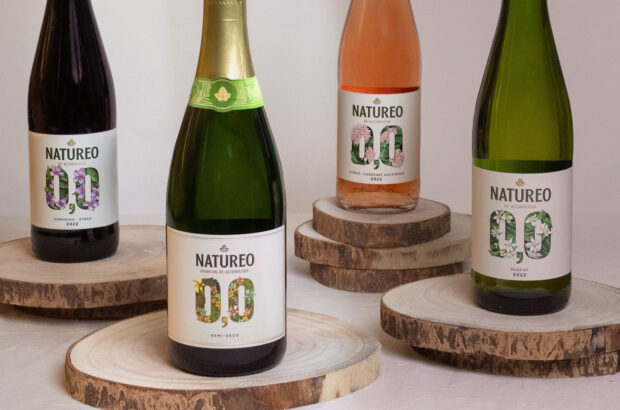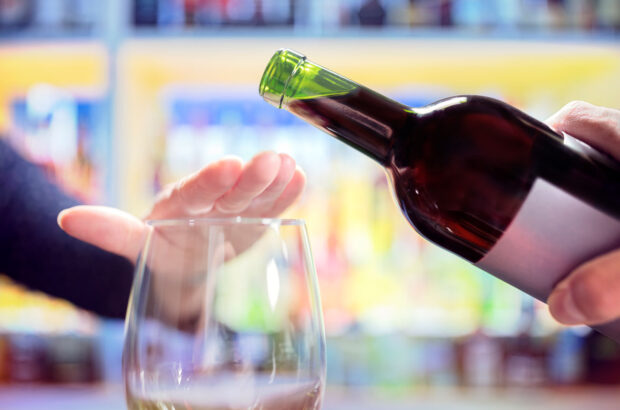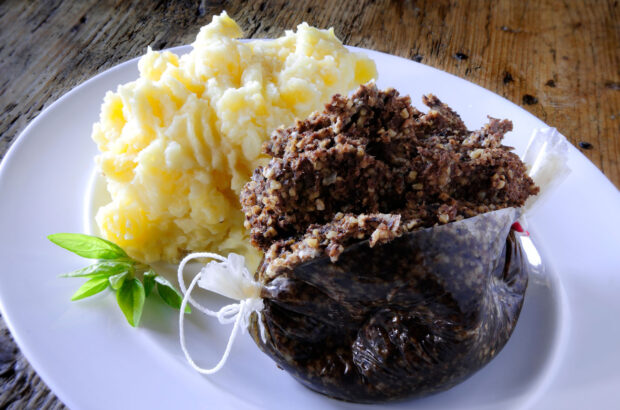I've always been a moral relativist, and as time goes by I seem to be becoming more of a vinous relativist, too. There are some wine questions which just don't have a wrong or right answer. Take yeast, for example.
It’s impossible, when you sniff and taste a wine, to separate out those aromas and flavours which are derived in some way from yeast strains from those which relate to variety, season and site. They are, in other words, much more than merely ‘yeasty’, but can colour, shape and mould the entire sensual presence of the wine.
Indeed yeast’s invisibility to the naked eye seems regrettable, since it makes us wildly underestimate the significance of these micro-organisms. Harvested grapes may mother wine — but yeast is wine’s father. Wine only comes into being when the two meet and mingle. Grape juice from any vineyard at all is a preposterously simpler drink than the wine which results from fermentation. We cannot take yeast seriously enough.
Most of us know that Saccharomyces cerevisiae is the principal wine yeast – and beer yeast and bread yeast, though different strains are involved. Few micro-organisms are more benignly significant to humankind. Its DNA has been found in 5000-year-old wine jars.
For wine, though, Saccharomyces cerevisiae is only a small part of the story. It’s not airborne, for a start, nor is it present in more than tiny quantities on grape skins; it rarely plays much of a role in getting fermentation underway. Once active, though, it behaves like a kind of cuckoo, outgrowing and evicting the rival strains via the production of alcohol and heat. The gaggle of rival strains which begin the fermentation process tumble from the nest as the alcohol level rises.
One of the standard questions wine journalists like to ask wine producers is whether or not they allow ‘wild’ or ‘indigenous’ yeasts to conduct fermentation as opposed to adding a cultured yeast strain. For the past two decades, I’ve assumed that the right answer is ‘yes’. Why? Because yeasts are everywhere: in the air, on fruits, on flowers, on objects, in the soil, in your guts, between your toes. Yeast populations in different locations, though, are never identical. Indigenous yeast, therefore, has the potential to underscore the terroir character of a wine. If it’s part of the place, indeed, it might properly be construed as an intrinsic element of any wine terroir, given that yeast is wine’s father.
Cynics often counter that indigenous yeast is principally cultured yeast which has ‘gone native’. In an influential 2009 paper, the New Zealand-based researcher Matthew Goddard and colleagues showed that in fact the strains of Saccharomyces cerevisiae in spontaneous ferments in nine locations in New Zealand had been vectored by local insects, as well as by isolates from imported French barrels. The Burgundy-based researcher Raphaëlle Tourdot-Maréchale, meanwhile, has recently shown that commercial yeast strains can only be discerned in cellars in the year following a vintage in one in twelve cases. Most of the time, the yeast population begins anew each year.
The biggest argument against the use of indigenous yeast is that it can be tardy or ineffective. That fermentative languor then allows unwelcome strains like Brettanomyces/Dekkera and others to compromise the expressive force of a wine. Indigenous fermentations certainly need a beady supervisory eye, and entail more risk than cultured yeast fermentations. It seems, too, to be harder to use indigenous yeast away from established wine regions, or in isolated locations.
The aesthetic profile of some varieties, moreover, solicits indigenous fermentation more than others. Many ambitious Australian Chardonnays are indigenously fermented nowadays, complexity being their desideratum. Most Australian Riesling, by contrast, is still fermented using cultured yeast, in the name of fruit purity.
There have also been huge advances in the range and artfulness of cultured yeasts, of which there are well over 250 on the market. Many now use a number of different yeast strains in addition to Saccharomyces cerevisiae, mimicking the complex ‘crowd fermentation’ of an indigenous yeast population. All cultured yeasts, in any case, begin life as ‘indigenous’, just as every clone was once plucked from a massal selection. Perhaps we invent these dichotomies to amuse ourselves.
The key choice, in fact, may depend on the kind of expressive force you want your wine to have. Pontet-Canet 2009 and Pichon-Longueville 2010 are both magnificent wines, in different styles. Is it relevant that the former is fermented with indigenous yeast and the latter with cultured yeast? The Bordeaux ‘grand vin’ builds, accretes and then melds a sensual profile from so many sources that it seems invidious to focus on one.
In cases where a single producer is fermenting a wide range of wines from different vineyard sites, though, I think there is a case for favouring indigenous fermentation wherever possible, precisely in order to maximize the chance of expressing difference. I know of no more striking example of this than the compellingly diverse range of Alsace wines produced each year by Olivier Humbrecht MW. The indigenous (and carefully supervised) yeast fermentations for each not only maximise personality differences, but take each wine (often over six months or more) to a different resting point in terms of sugar conversion. Fermentation of each to complete dryness using an efficient cultured yeast would grey out many of those nuances.
– Read Benjamin Lewin MW’s investigation into the complex role that cultured yeasts play in wine, and how they affect the final flavours in your glass, which is published in the July 2014 issue, available to buy or download on your tablet now…
Written by Decanter







